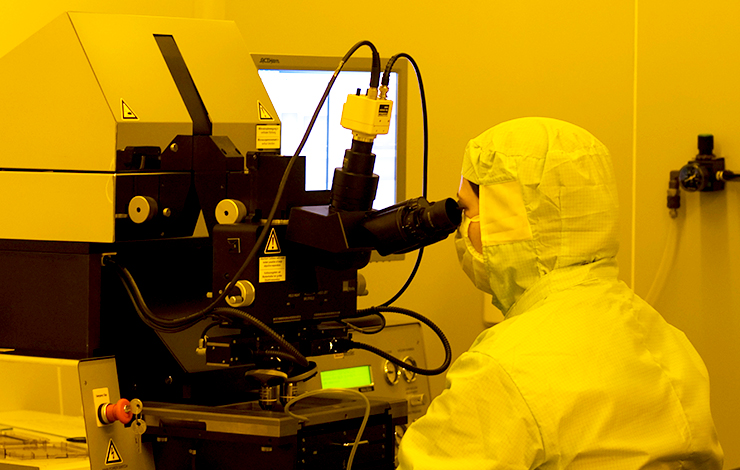


Iron oxide nanoparticles stabilized with a bilayer of oleic acid for magnetic hyperthermia and MRI applications
| Title | Iron oxide nanoparticles stabilized with a bilayer of oleic acid for magnetic hyperthermia and MRI applications |
| Publication Type | Journal Article |
| Year of Publication | 2016 |
| Authors | Soares PIP a, Laia CAT b, Carvalho A a, Pereira LCJ c, Coutinho JT c, Ferreira IMM a, Novo CMM d, Borges JP a |
| Journal | Applied Surface Science |
| Volume | 383 |
| Pagination | 240-247 |
| ISSN | 01694332 |
| Keywords | Acid concentrations, Biocompatibility, Biocompatible surfactants, Biomedical applications, Colloidal Stability, High resolution transmission electron microscopy, Hydrodynamic diameter, Iron, Iron oxide nanoparticle, Iron oxides, Magnetic hyperthermia, Magnetic resonance imaging, Magnetism, Medical applications, Metal nanoparticles, Nanomagnetics, Nanoparticles, Oleic acid, Physiological condition, Transmission electron microscopy |
| Abstract | Iron oxide nanoparticles (Fe3O4, IONPs) are promising candidates for several biomedical applications such as magnetic hyperthermia and as contrast agents for magnetic resonance imaging (MRI). However, their colloidal stability in physiological conditions hinders their application requiring the use of biocompatible surfactant agents. The present investigation focuses on obtaining highly stable IONPs, stabilized by the presence of an oleic acid bilayer. Critical aspects such as oleic acid concentration and pH were optimized to ensure maximum stability. NPs composed of an iron oxide core with an average diameter of 9 nm measured using transmission electron microscopy (TEM) form agglomerates with an hydrodynamic diameter of around 170 nm when dispersed in water in the presence of an oleic acid bilayer, remaining stable (zeta potential of -120 mV). Magnetic hyperthermia and the relaxivities measurements show high efficiency at neutral pH which enables their use for both magnetic hyperthermia and MRI. © 2016 Elsevier B.V. All rights reserved. |
| URL | https://www.scopus.com/inward/record.uri?eid=2-s2.0-84966277057&doi=10.1016%2fj.apsusc.2016.04.181&partnerID=40&md5=22811619aaf3d95dd0e93c091b2db806 |
| DOI | 10.1016/j.apsusc.2016.04.181 |








